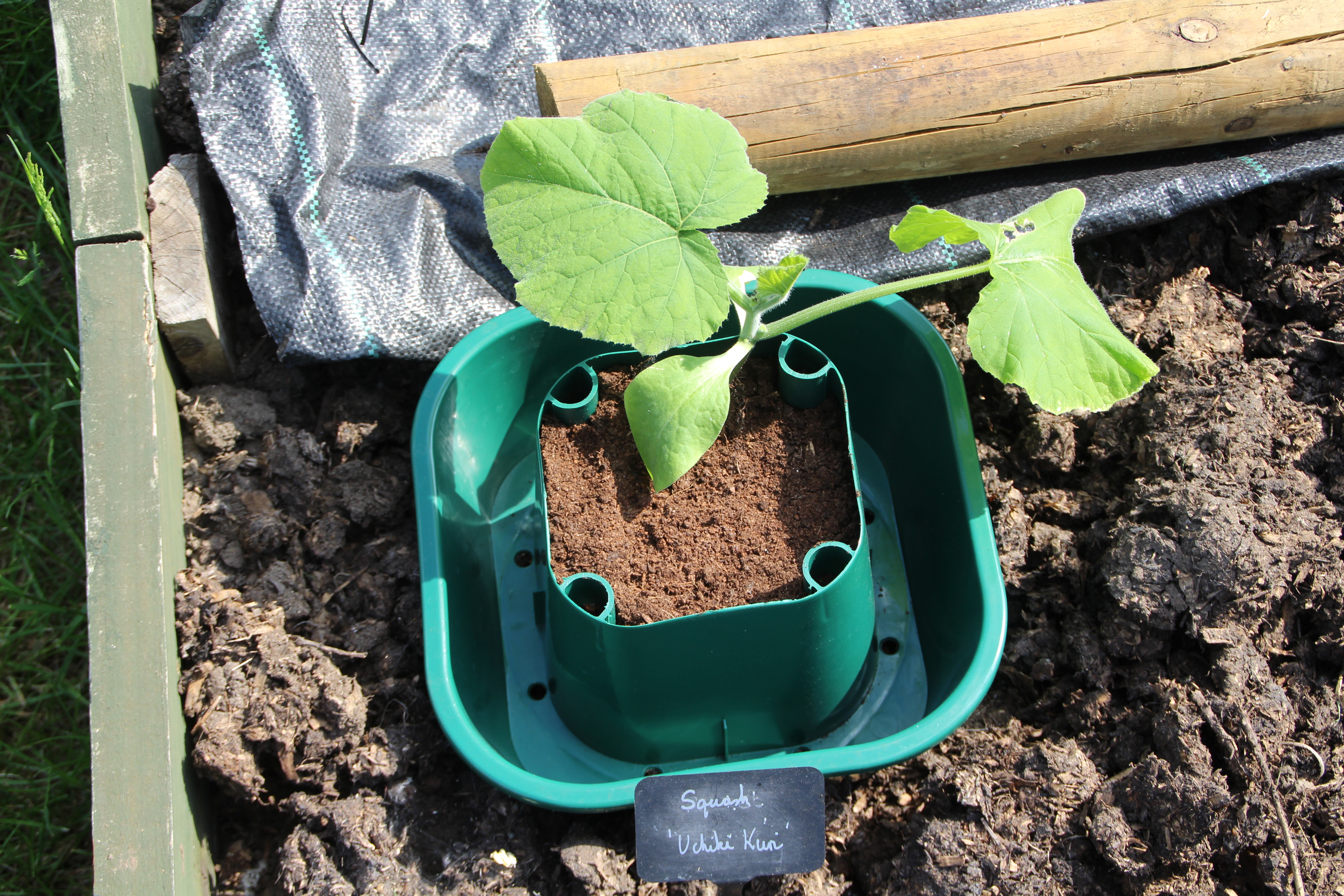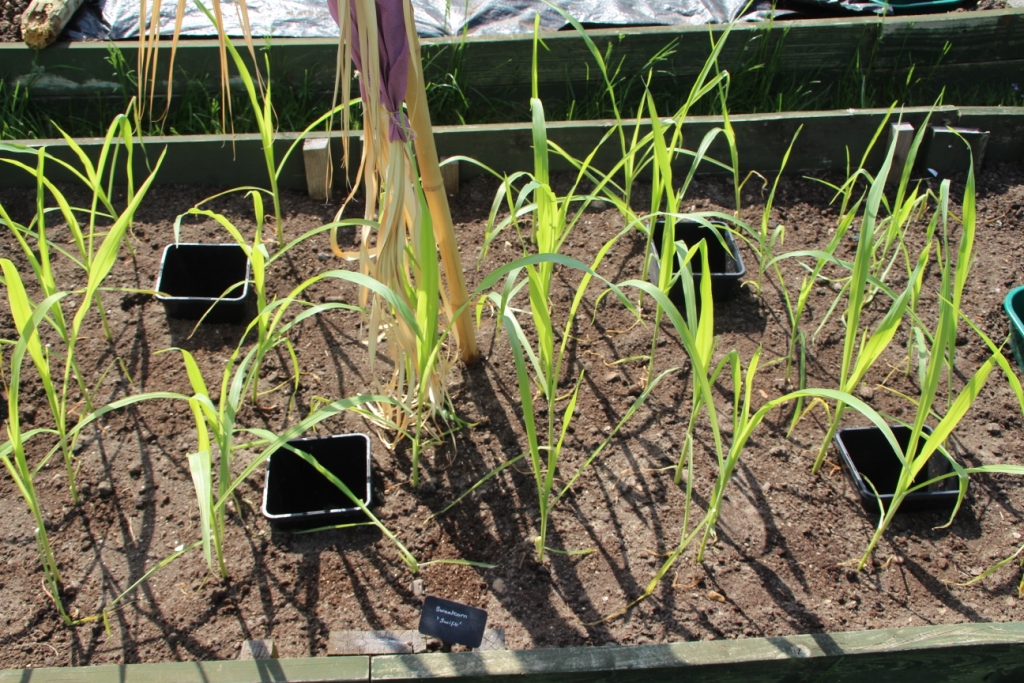Overall, July tends to be a month for building on earlier work, rather than setting out on major new efforts. For example, with the hot, dry summers of recent years, we’d certainly recommend holding back on new planting until the autumn. Not only is planting in to hard and dry ground hard work, a lot of additional watering is likely to be required to see new plants through the summer. It is much better to wait until the autumn, when the greater likelihood of rain will make both planting and aftercare that much easier.
Dead-heading will keep flowers like roses, sweet peas and dahlias blooming and regular harvesting will keep summer crops like peas, beans and strawberries coming.
If the weather turns warm and dry again then mowers can be parked up, coming out only occasionally with the blades set high to tidy up grass seed heads, but not put the main grass stems under stress. We don’t usually recommend watering lawns as grass is generally robust enough to survive until rains return. The best time to repair any patches that are lost is in the early autumn, when the soil is still warm, but the chances of rainfall are high.
In other parts of the garden, you may need to think about watering. Generally established trees and shrubs should not need additional watering, but those planted within the last year or so are likely to need a bit of extra attention. Putting in a watering point when you plant makes it easier to make sure that water gets down to the roots where it is needed. You can use a piece of drainpipe, a plant pot or a plastic drinks bottle, anything that will allow water to penetrate to the root area rather than merely wetting the surface of the ground..
We use a similar approach with fast-growing edible crops, which tend to be quite thirsty. The “Rolls-Royce” option is probably using Gro-Pots, but simply sinking a 2-litre flowerpot into the ground next to a tomato, squash or courgette will help to get plenty of water straight down to the developing root system.
For crops which are planted together rather than singly, such as sweet corn, we’ll use a network of pots “planted” amongst the seedlings.



